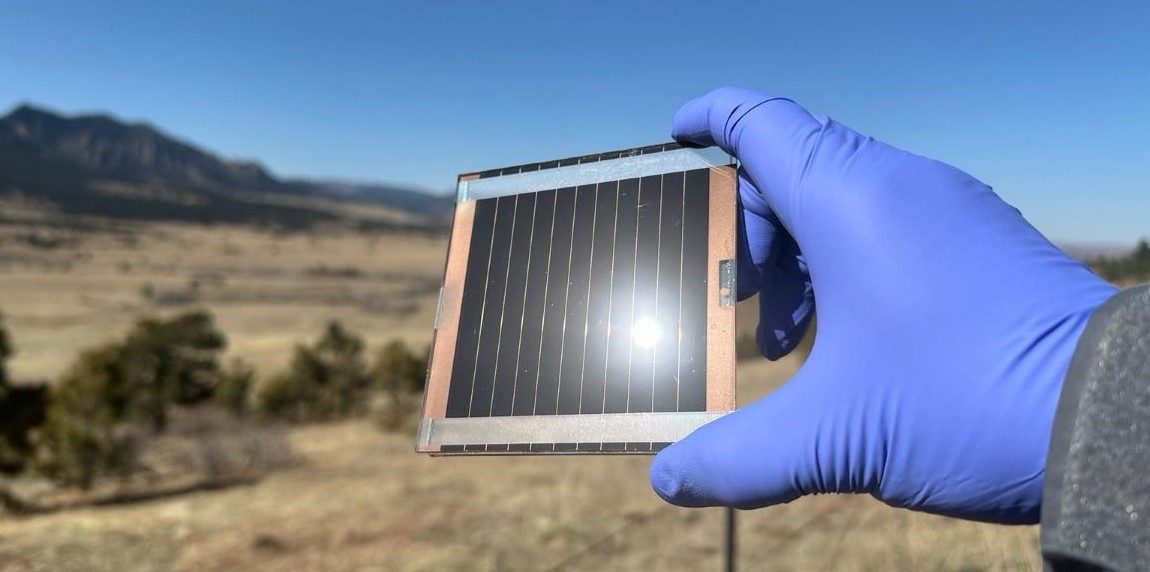It’s obviously a great achievement though it would be nice to see improvements larger than 1-2%.
Let’s hope the next one will be like a 10-12% improvement… though that’s probably wishful thinking.
Storage is likely the bigger issue now.
I’m more concerned with longevity and use of more environmentally friendly materials with solar panels than efficiency. In about 30 years or so, they reach their end of life so there will be hazardous waste resulting from that.
Remember that solar just doesn’t stop working at some random day. The efficiency drops to where it makes sense to replace then people like me come in and buy the panels for pennies on the dollar because a 18% efficient panel will work just fine.
Will you be able to handle all these panels as it becomes economically reasonable for people to replace them?
It’s more about the use of perovskite (while retaining durability), which should lower the cost of the panels.
The efficiency improvement is a bonus.I thought that I had read that we are close to the theoretical max efficiency for solar. That may have been in a comment and completely false, but it may be something to look into if it interests you. If there is validity, then there just may not be enough room for those large jumps. I think making them out of safer materials and trying to make the mfg process greener would offset some of the shortcomings of efficiency.
Of silicon panels.
In the lab, mixing silicon and perovskites has already achieved 34%.36% now.
Every time I see a headline about perovskites solar cells, I ask “what’s the longevity?” Efficiency is nice, but it doesn’t mean anything when perovskites degrade hard in less than a year.
The idea would be that they’re so cheap that we can plaster them on any surface that gets a bit of sunlight. Higher efficiency is better than lower efficiency, of course, but it’s not such a big deal when they’re so damn cheap. But they have to last.
This article doesn’t even seem to answer the longevity question.



